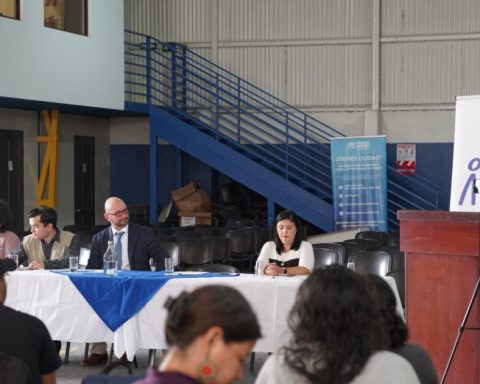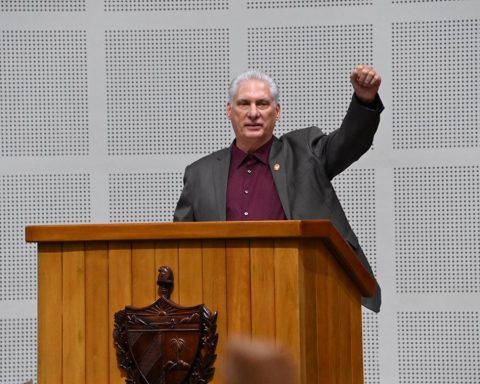The Nicaraguan Minister of Finance and Public Credit, Iván Acosta, ranked 2022 as “a good year” for the Nicaraguan economy due to the increase in the inflow of remittances during the year. Economists affirm that this situation, on the contrary, is “worrying”, since it does not reflect economic growth and only shows the difficult situation that forces citizens to migrate.
“The remittance is not an economic achievement, no serious economist, no international economist is going to propose as a way of growth and development that people have to leave their country, abandoning their friends or their families, their work, their work contacts or their business to go to another place where it is not known how it will go, but that will probably increase their income expectations,” said economist Marco Aurelio Peña in an interview with Article 66.
Related news: Nicaragua highlights the behavior of exports and remittances in 2022
He explains that Latin America receives more than 60 billion dollars in remittances, «Nicaragua is now no exception that increasingly depends on monetary remittances, as well as El Salvador, due to the number of people who leave their country. What people are looking for when they leave is a better quality of life that they cannot find in their country of origin. The increase in remittances also reflects the economic activation in other countries, since it means that these citizens are employing themselves and allocating money to their relatives within the country.
Nicaragua will close 2022 with an inflow of family remittances of close to 3.2 billion dollars, a new record, according to Acosta. The Nicaraguan economy received a new record of 2,578.3 million dollars in family remittances between January and October of this year, 47.6% more than in the same period of 2021, according to figures from the Central Bank of Nicaragua. This figure represents 18.4% of the nation’s Gross Domestic Product (GDP).
Peña added that “the issue of monetary remittances and that people leave to send remittances only reveals the inability of many of the governments and the respective economies to not be able to offer something better to their people so that they stay before they leave. ».
For his part, businessman Roberto D’Andrea affirms that “this year remittances have doubled, it is shameful to think that remittances are half of exports and they are already becoming the most important item in the country. The remittance thing is shameful because it is telling us that Nicaragua is not a country to live and work in, it is telling us that people are leaving the country.”
The Government of Nicaragua projects growth of 4% of GDP in 2022, the second consecutive year of growth after three years of closing with a red balance, and less than 10.3% in 2021. The Nicaraguan economy had contracted by a average of -3.03% per year in the period 2018-2020.
With information from EFE
















